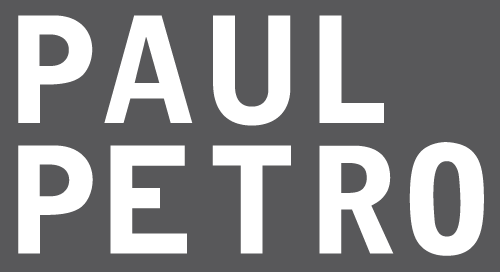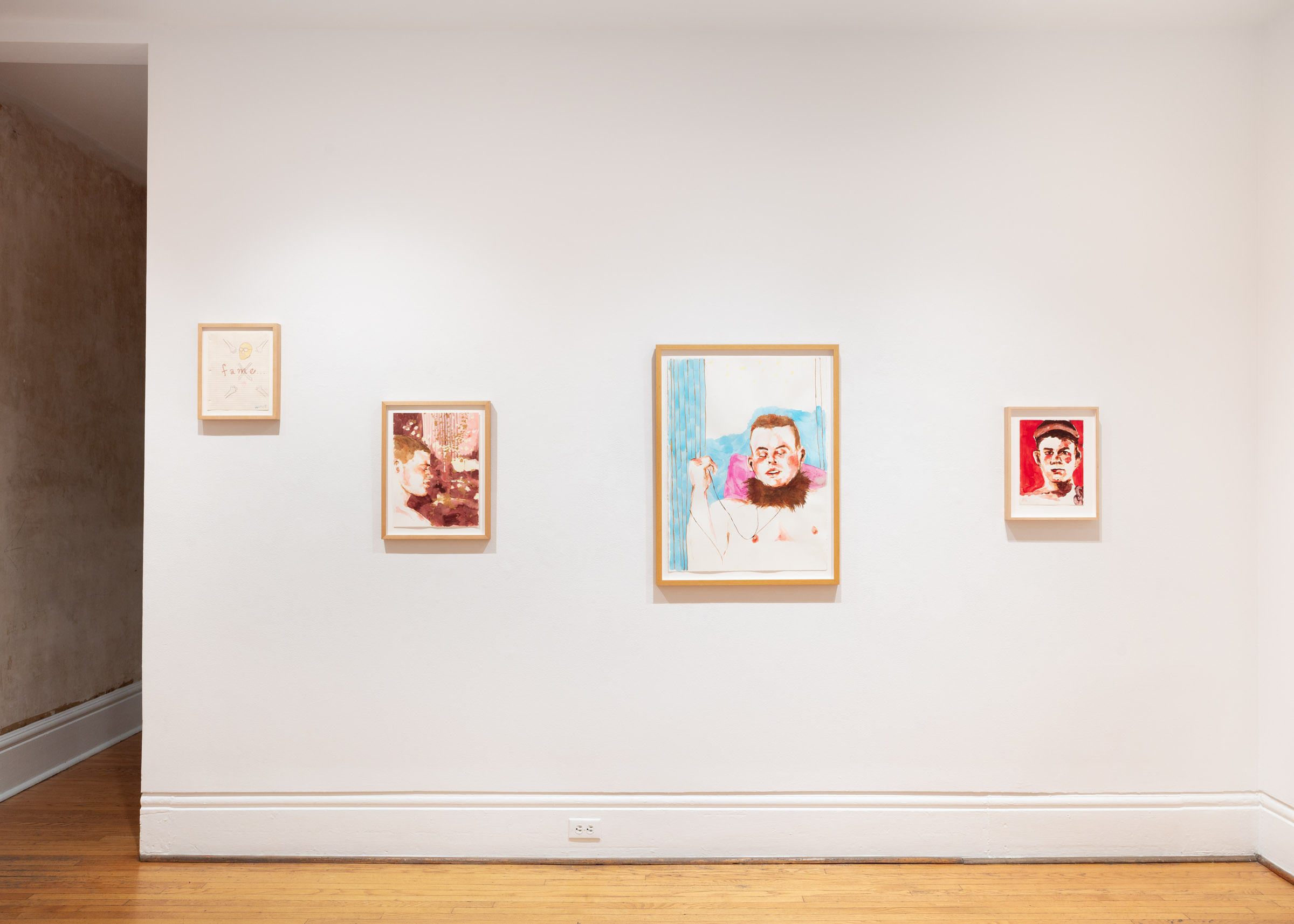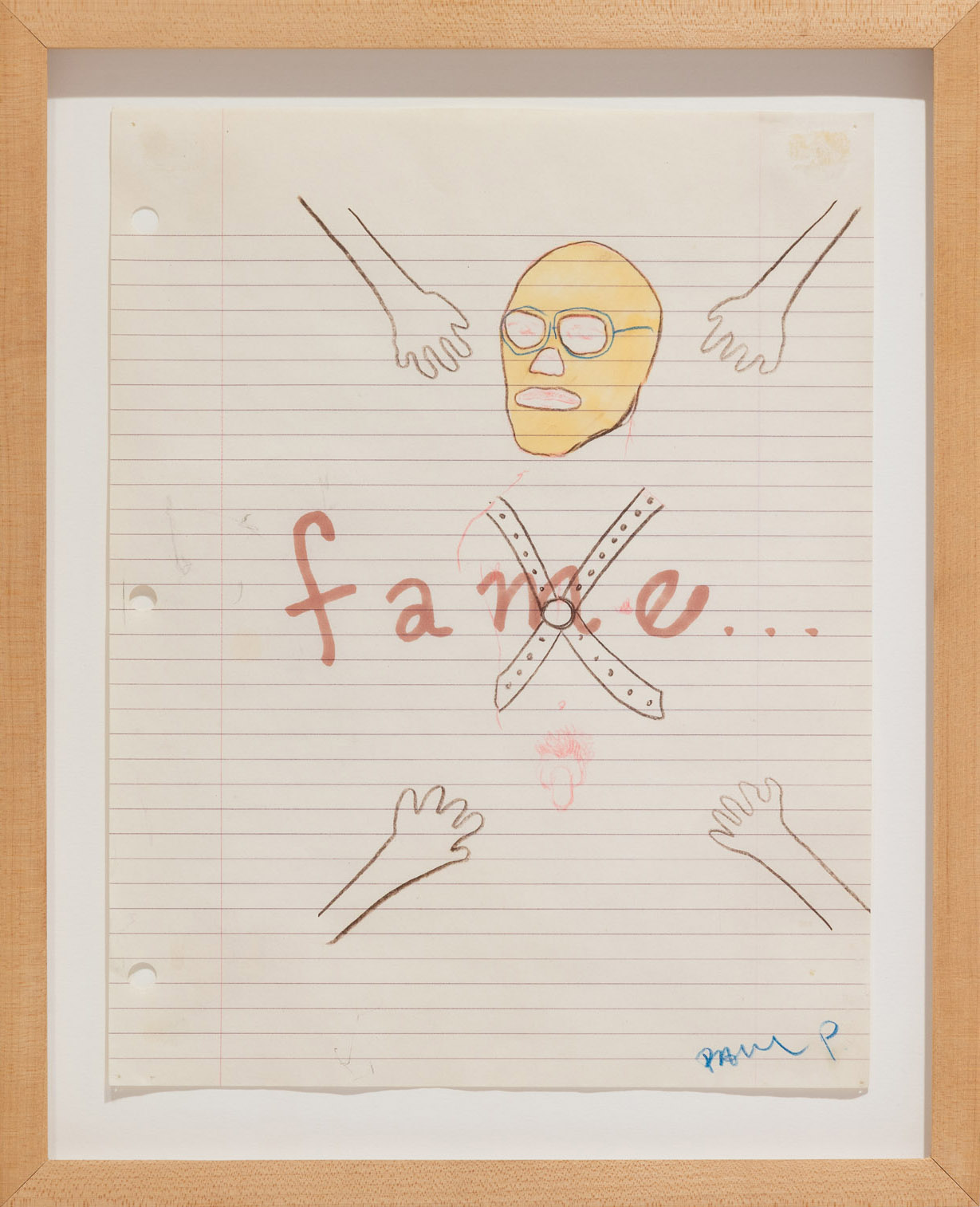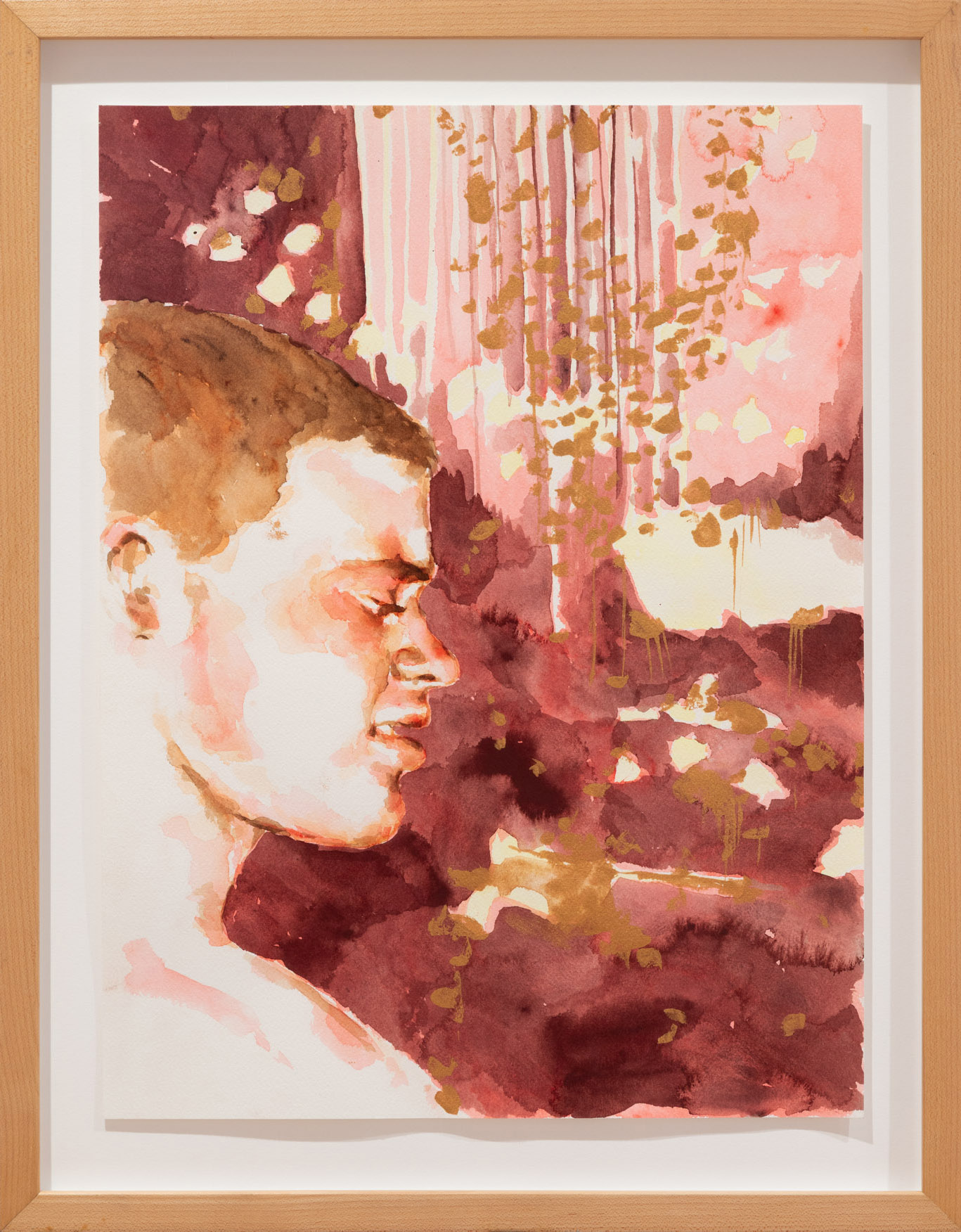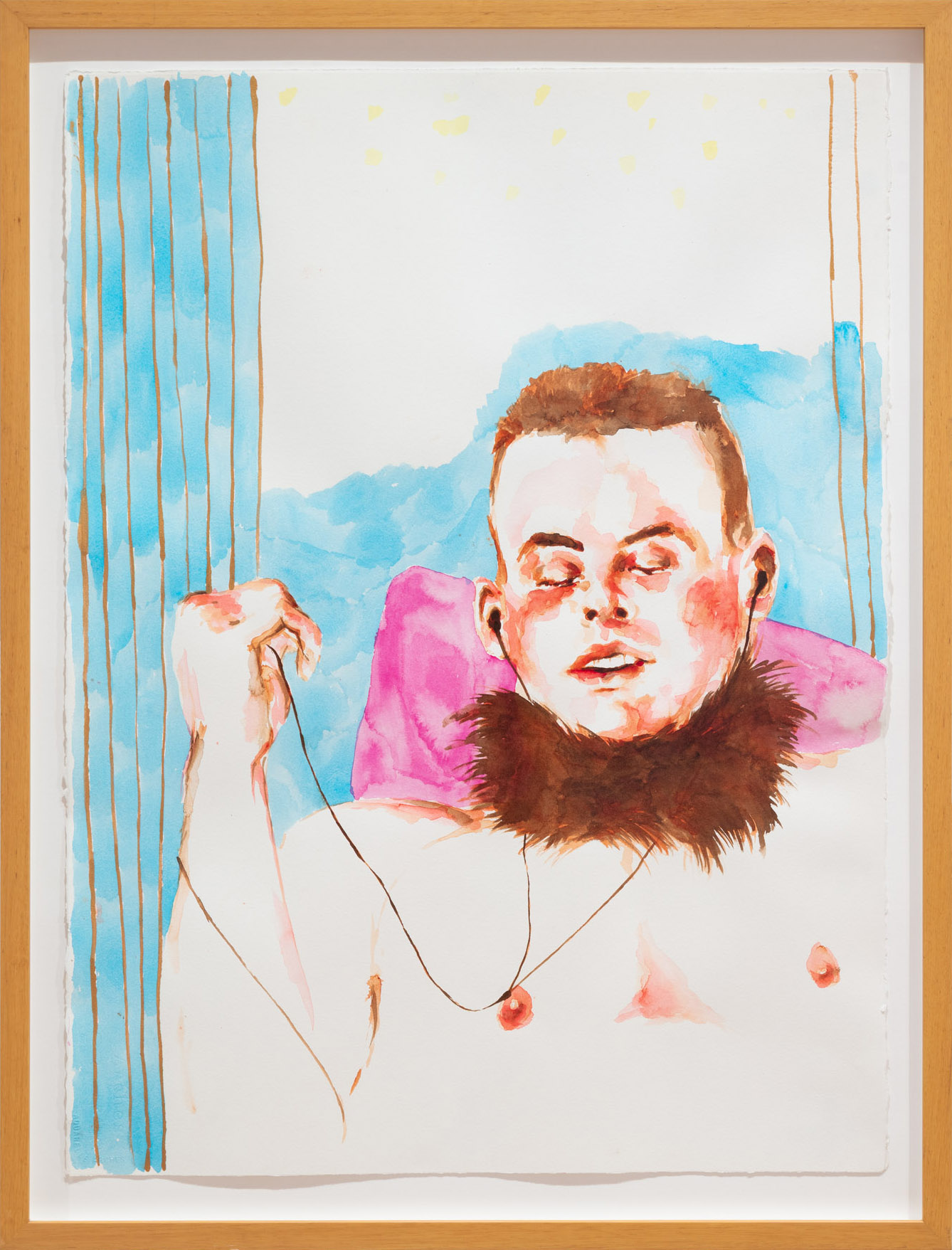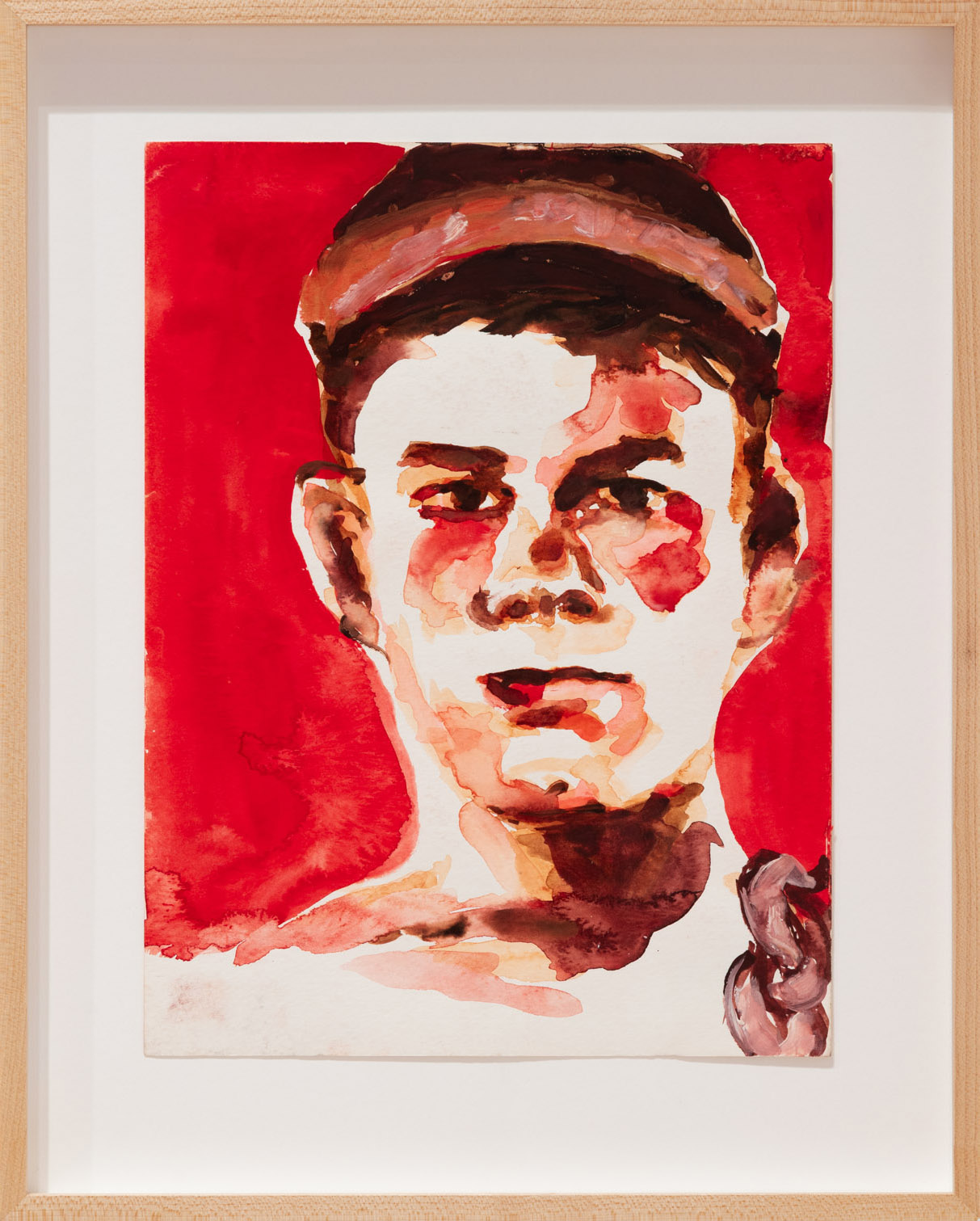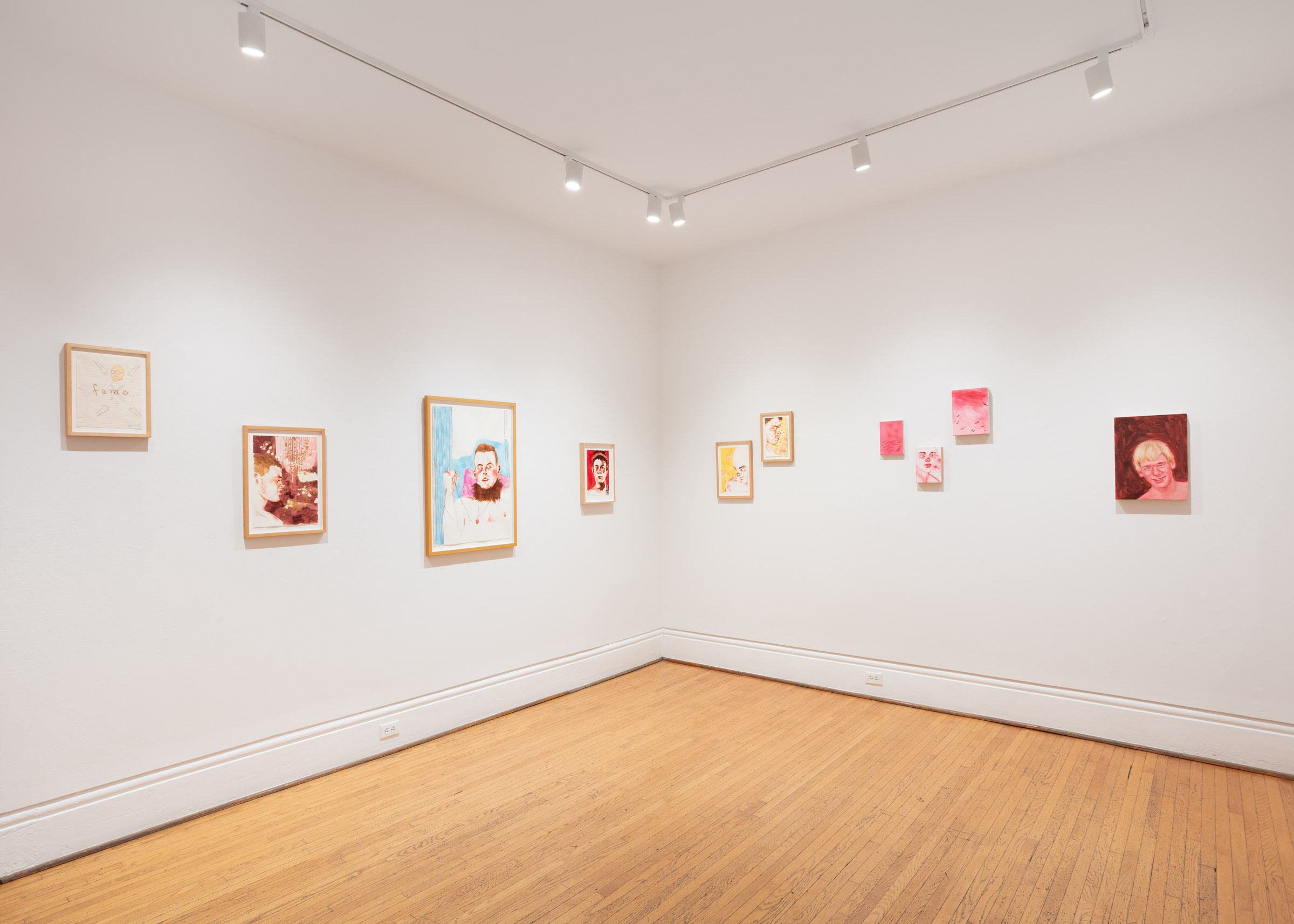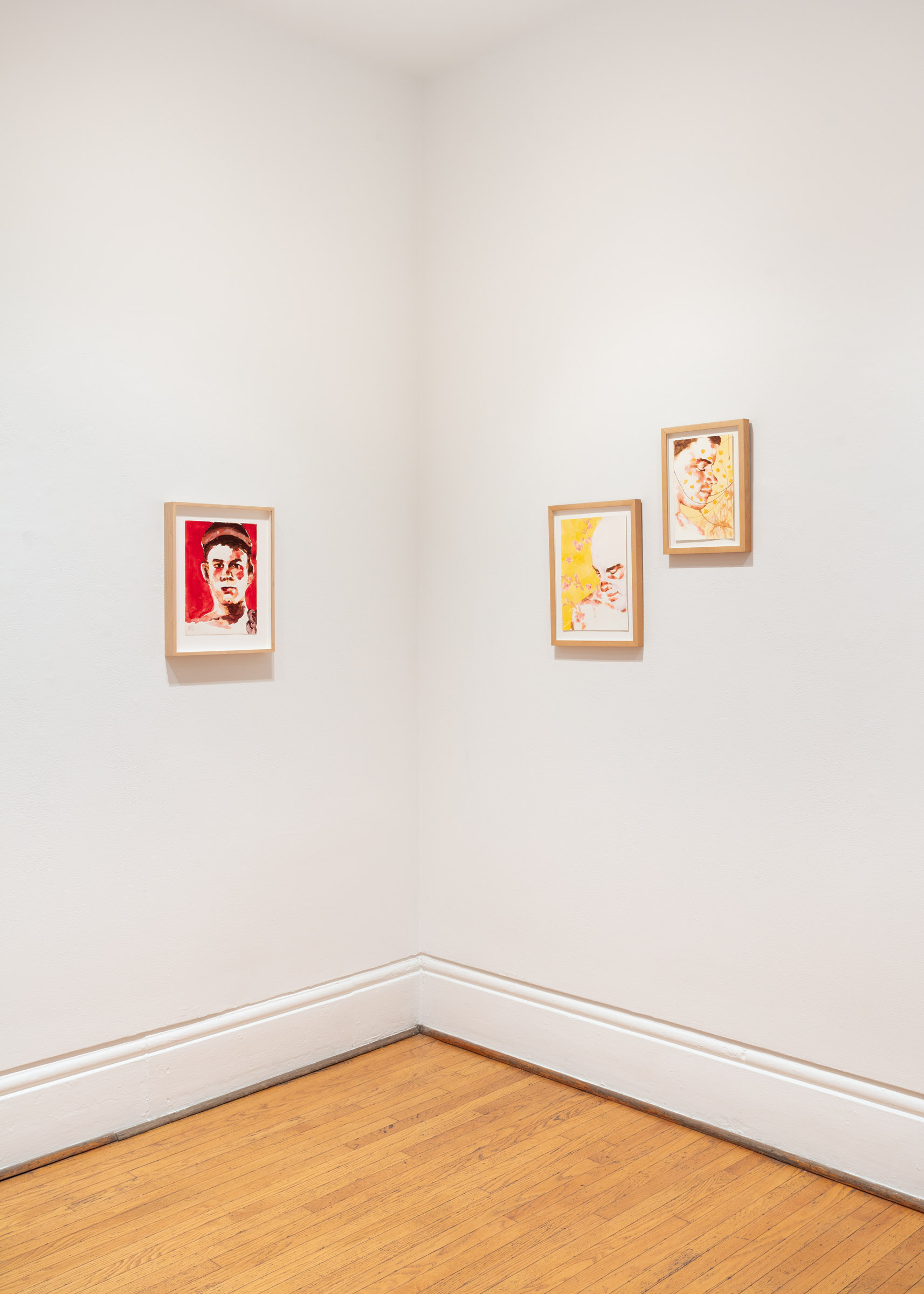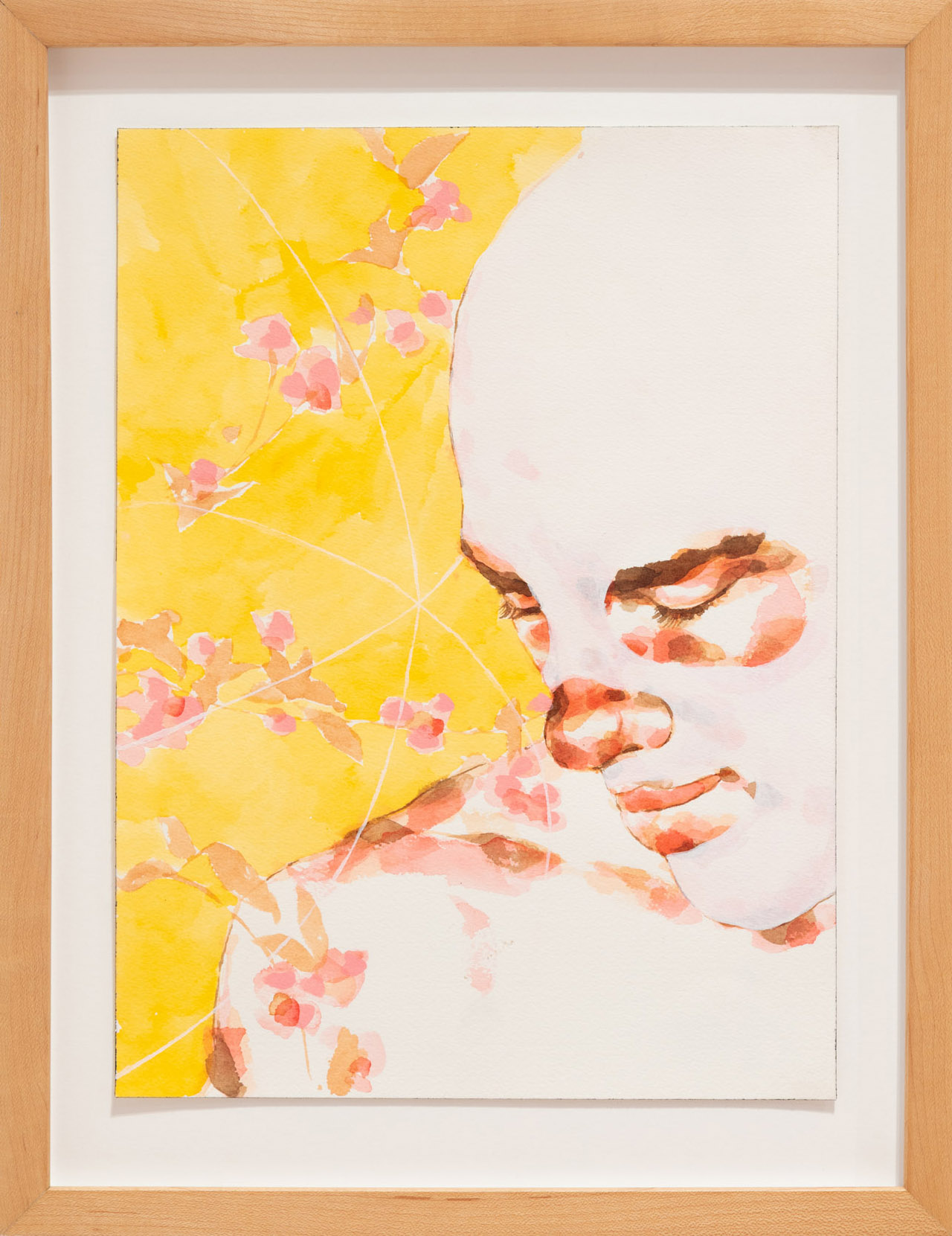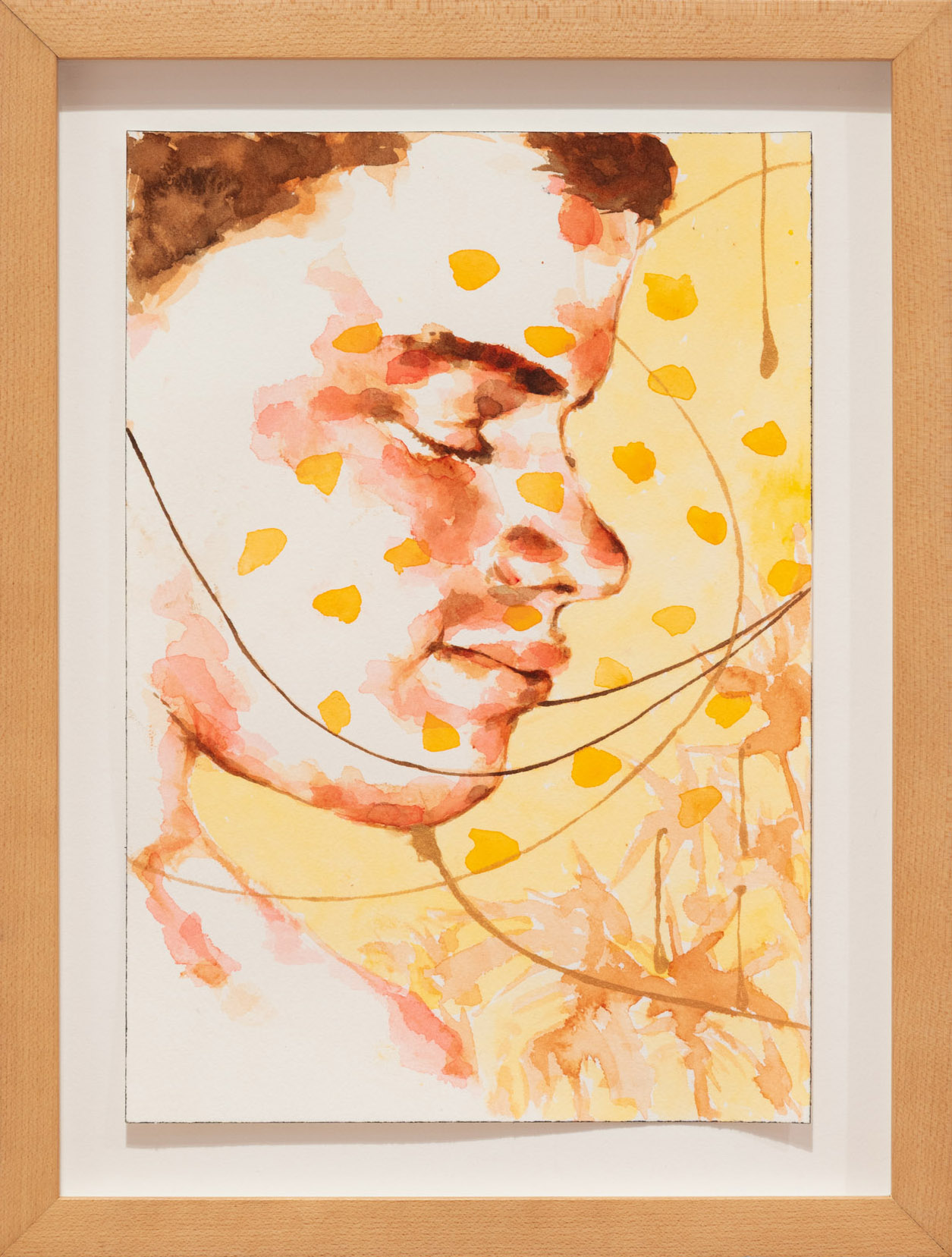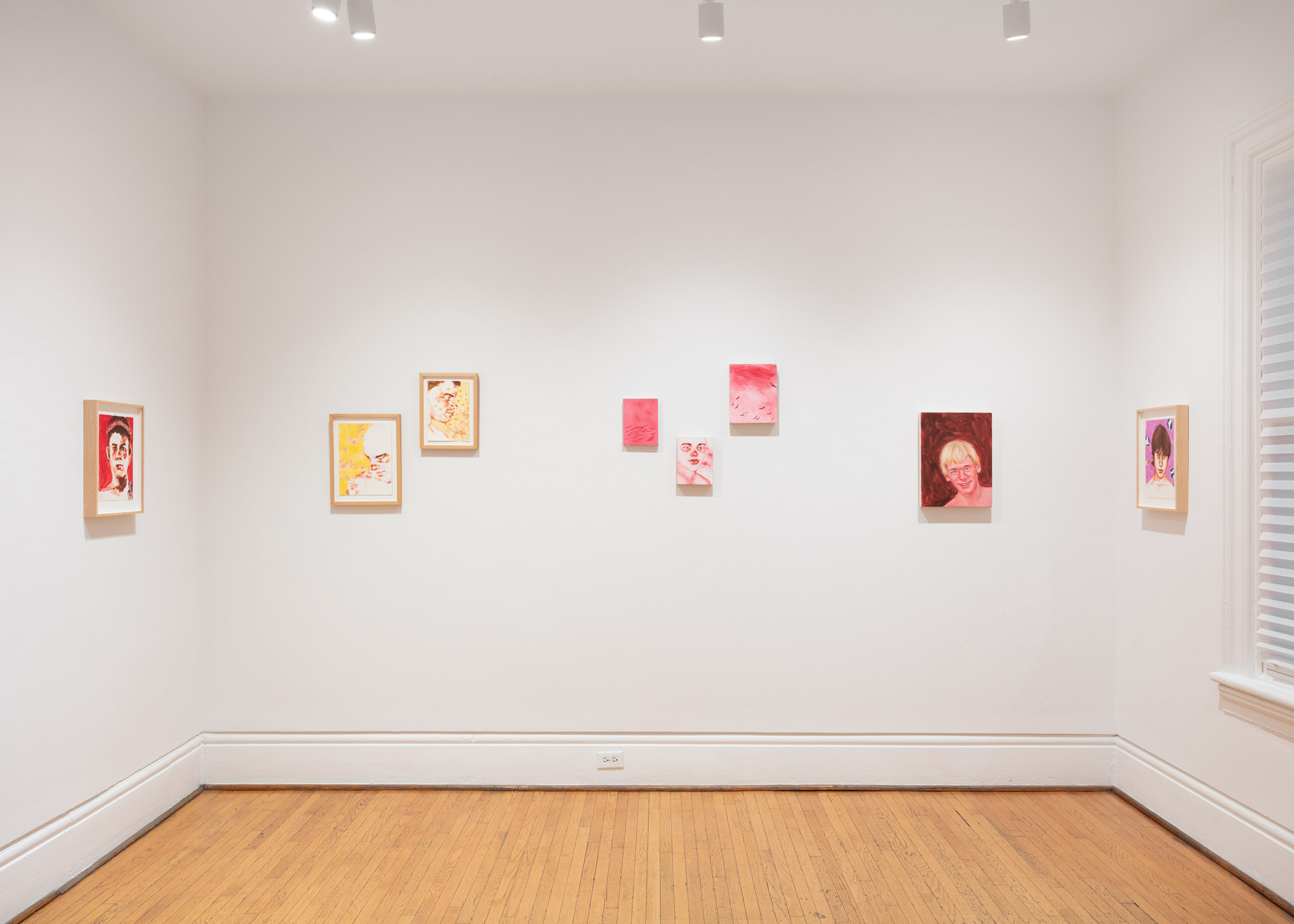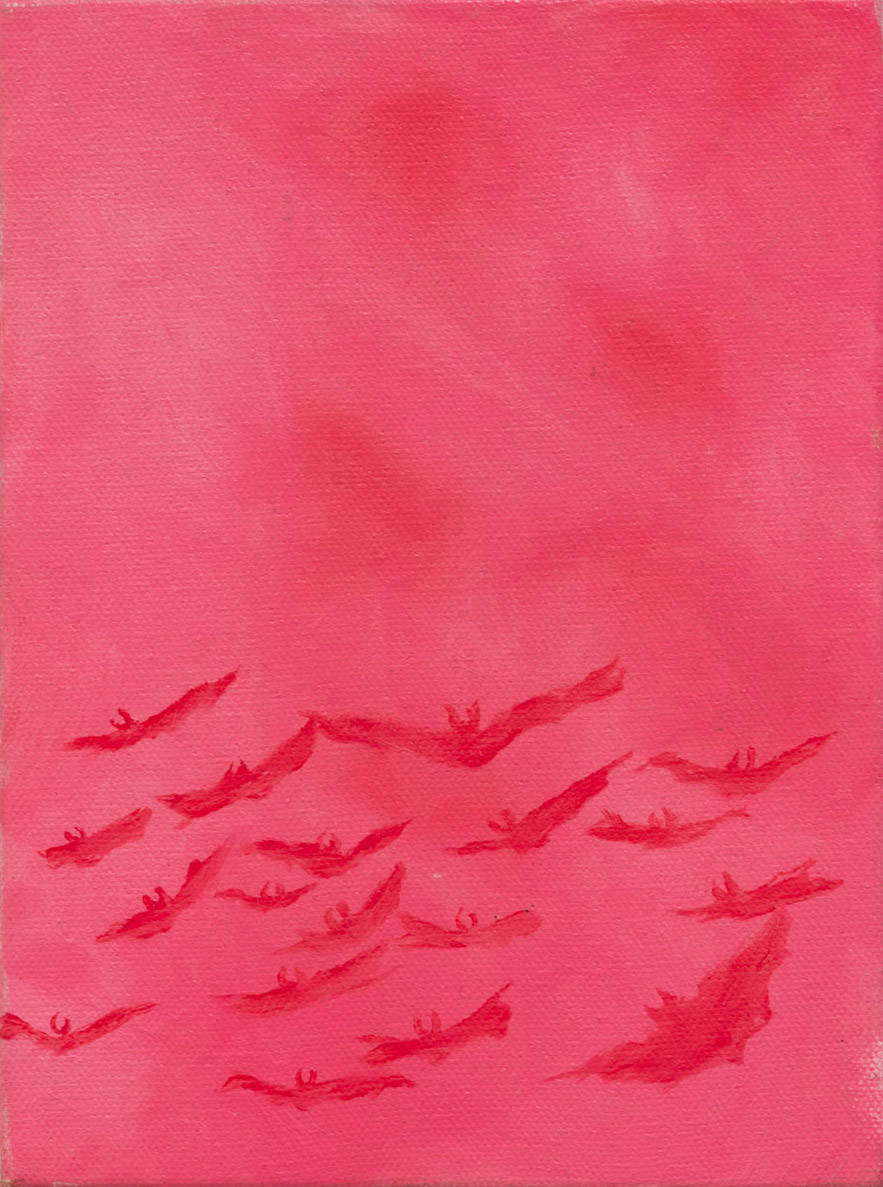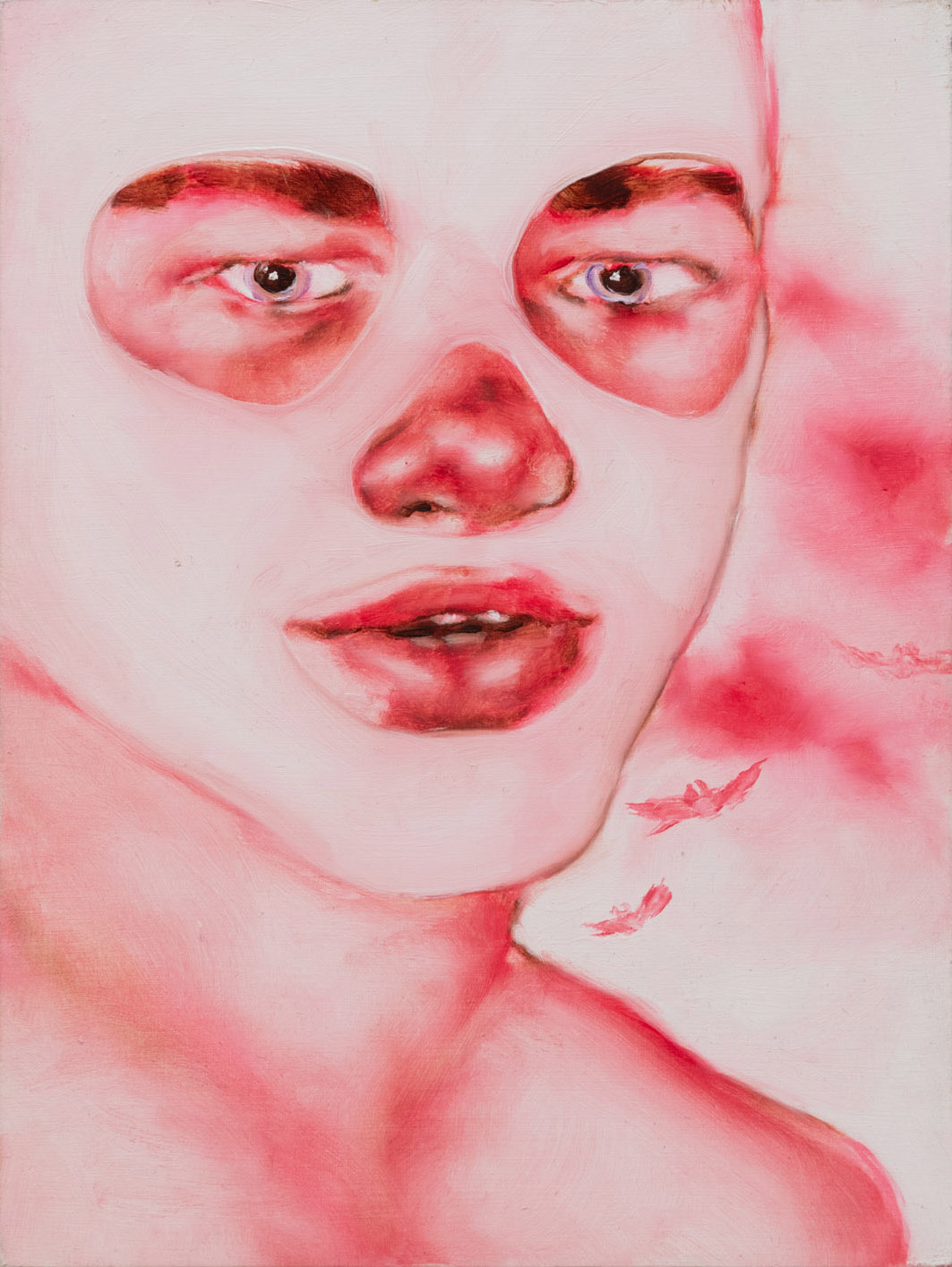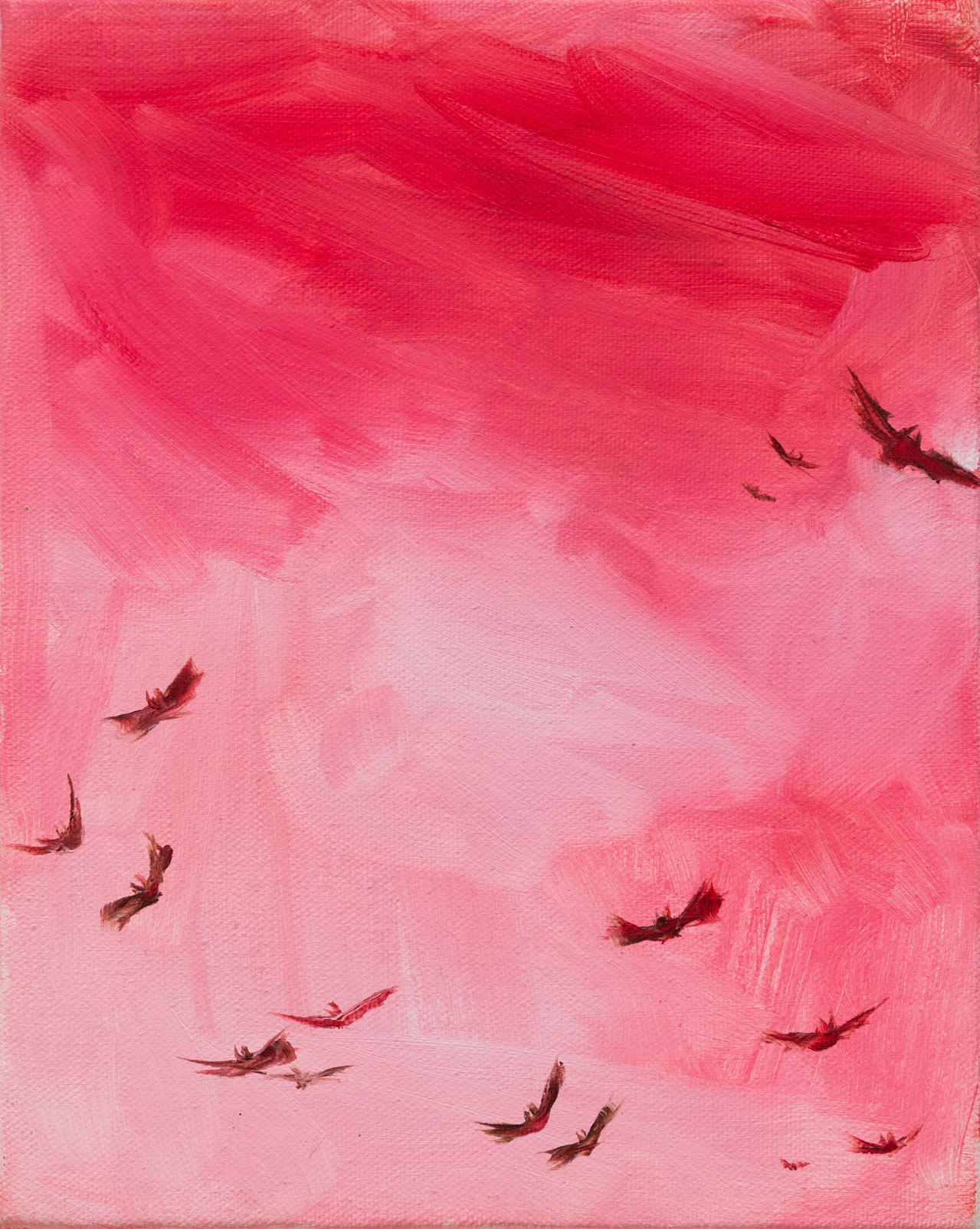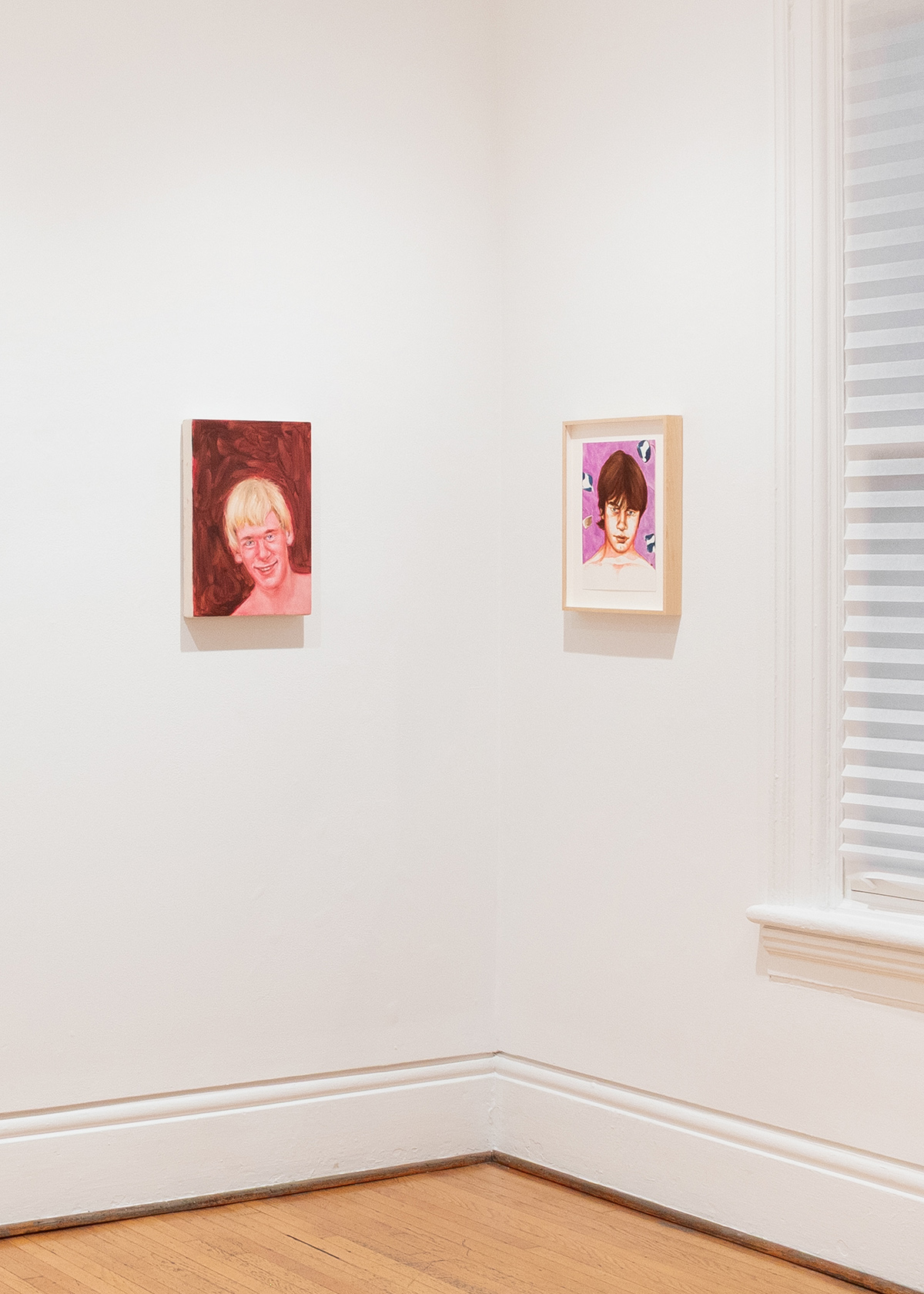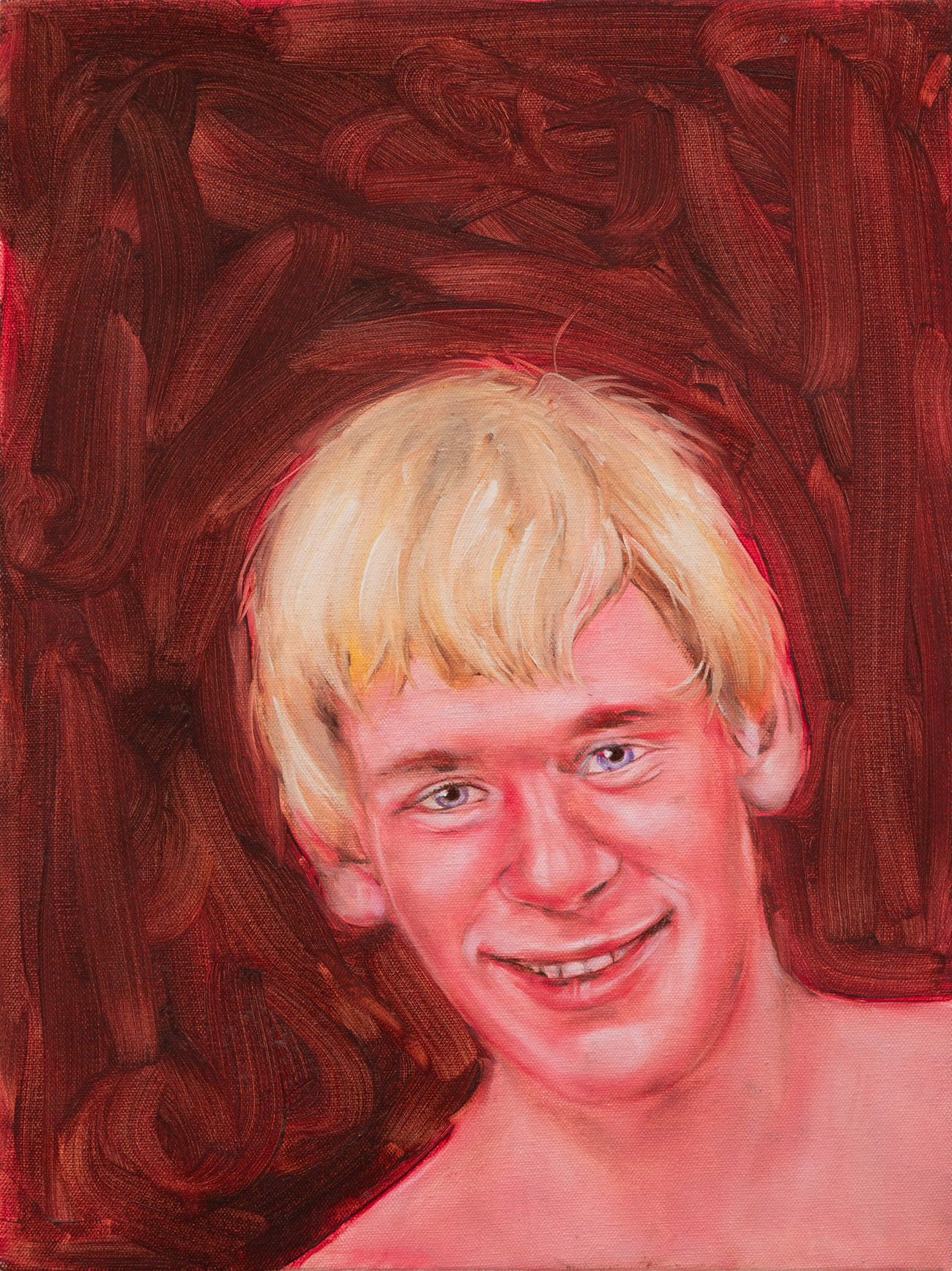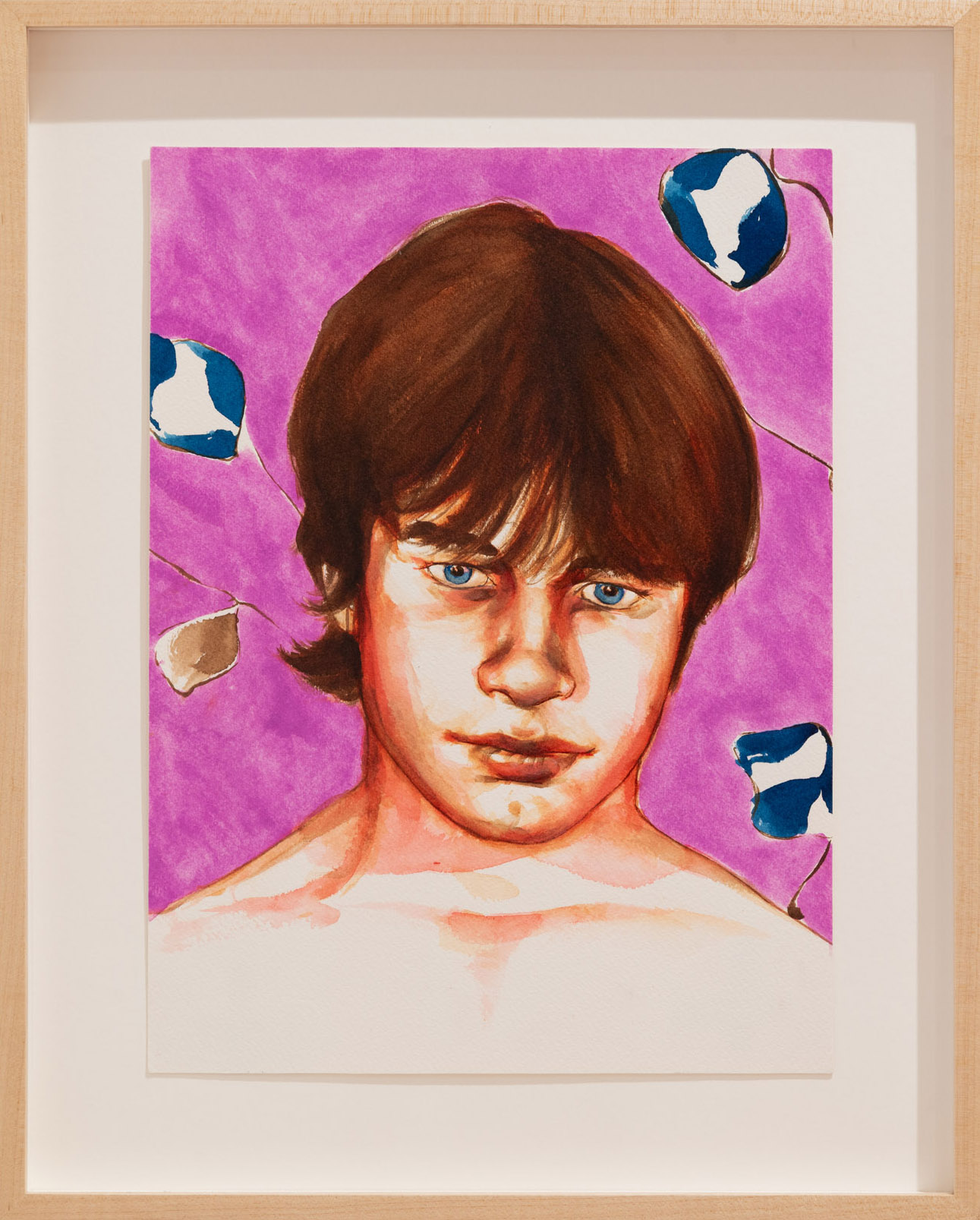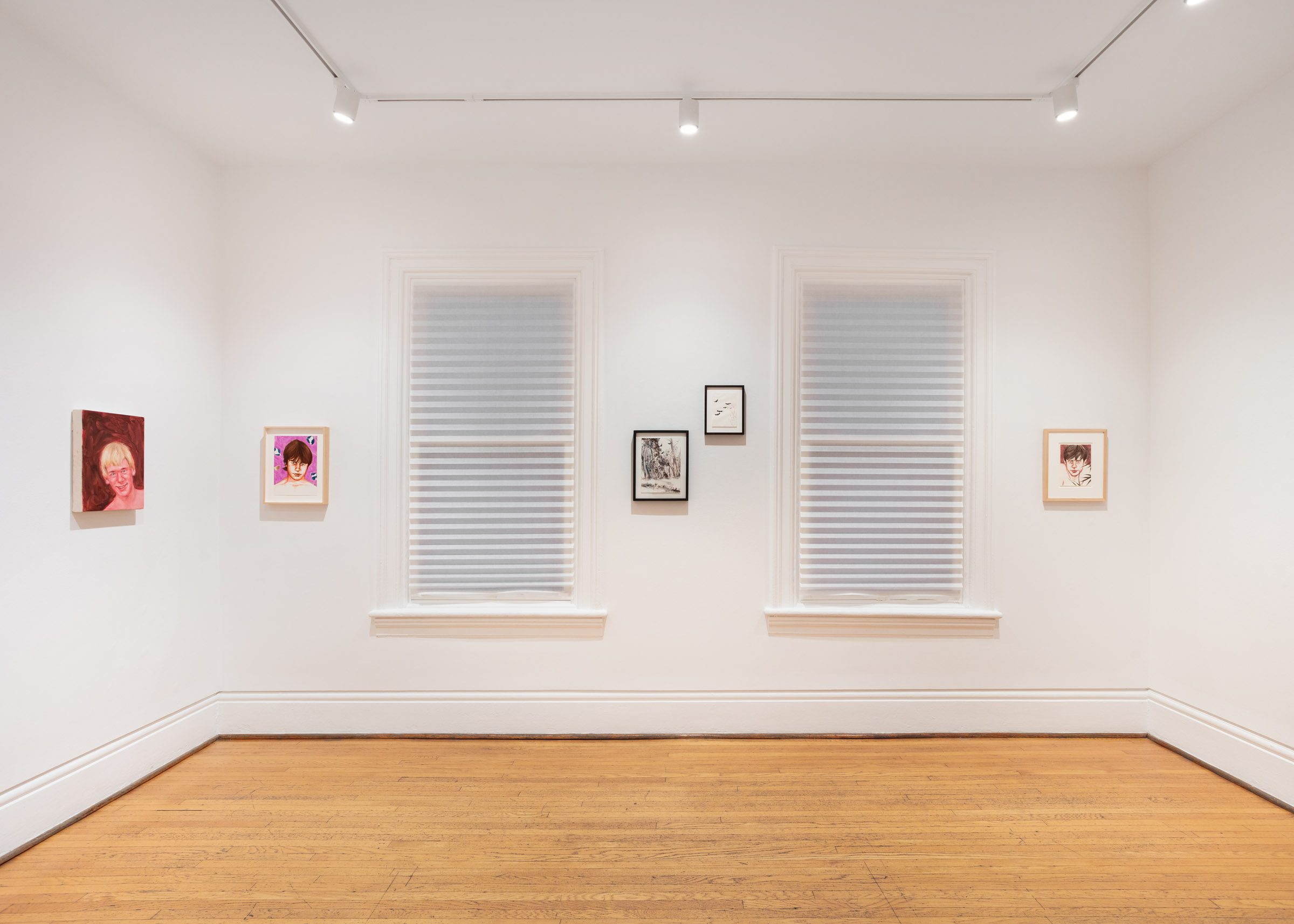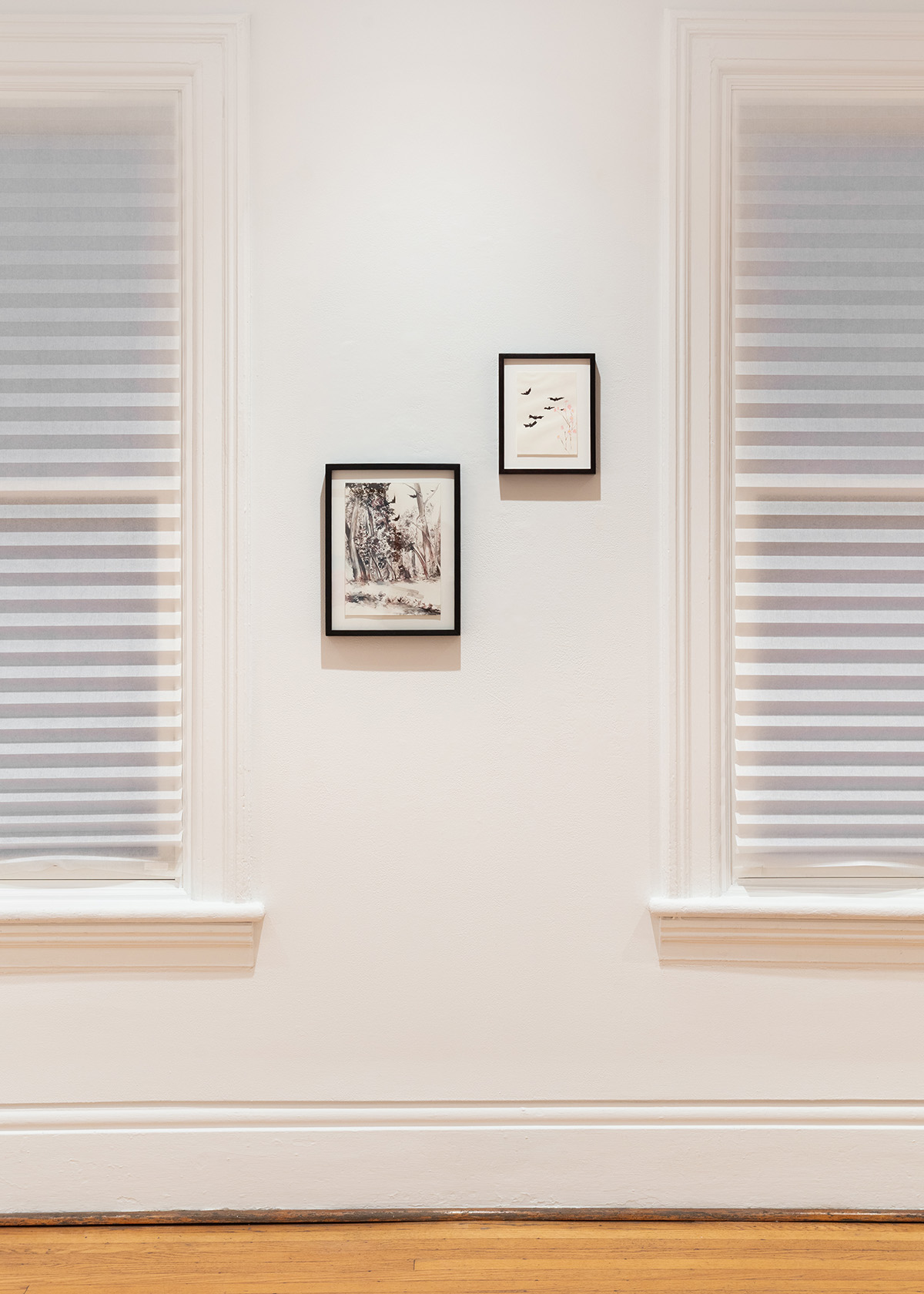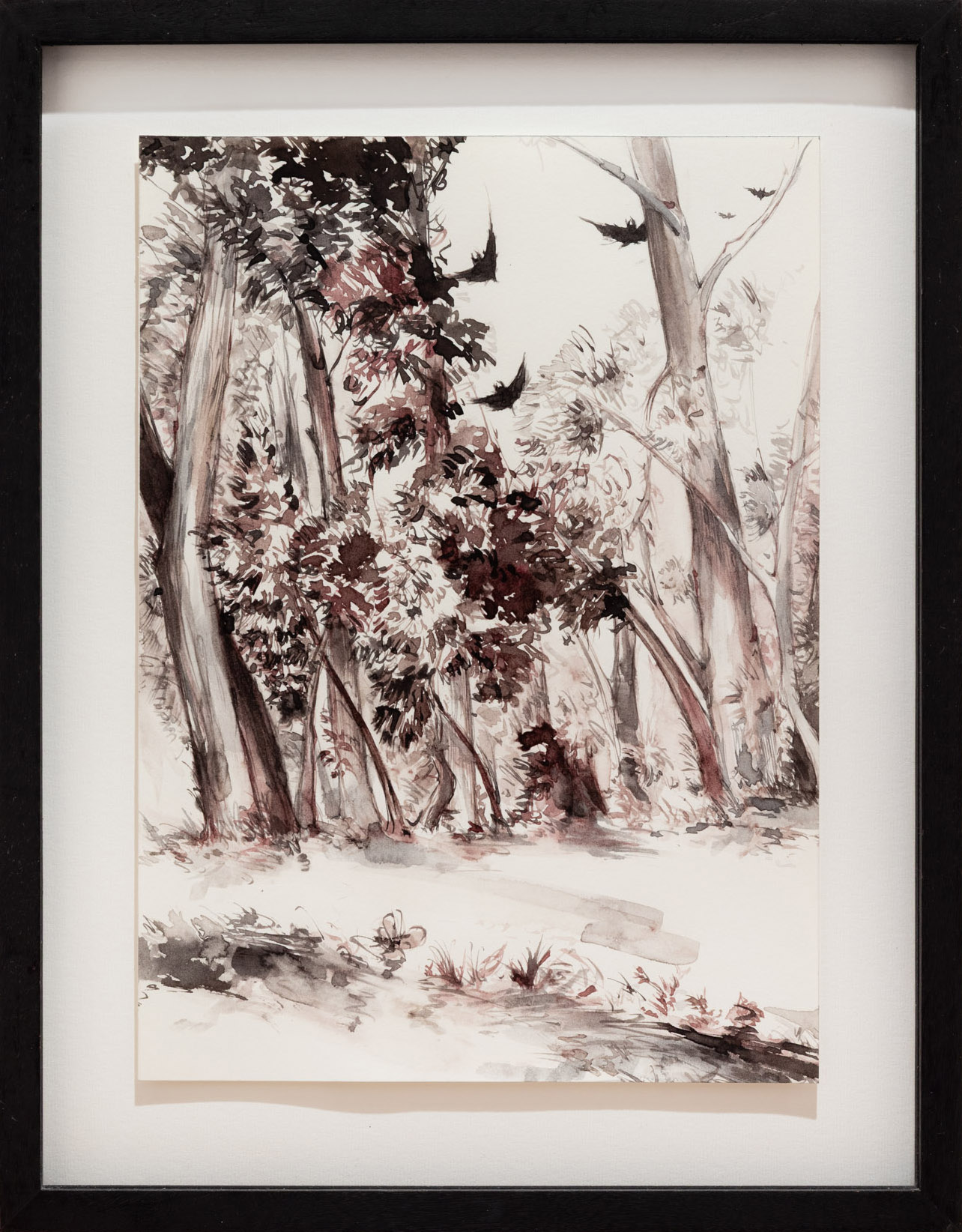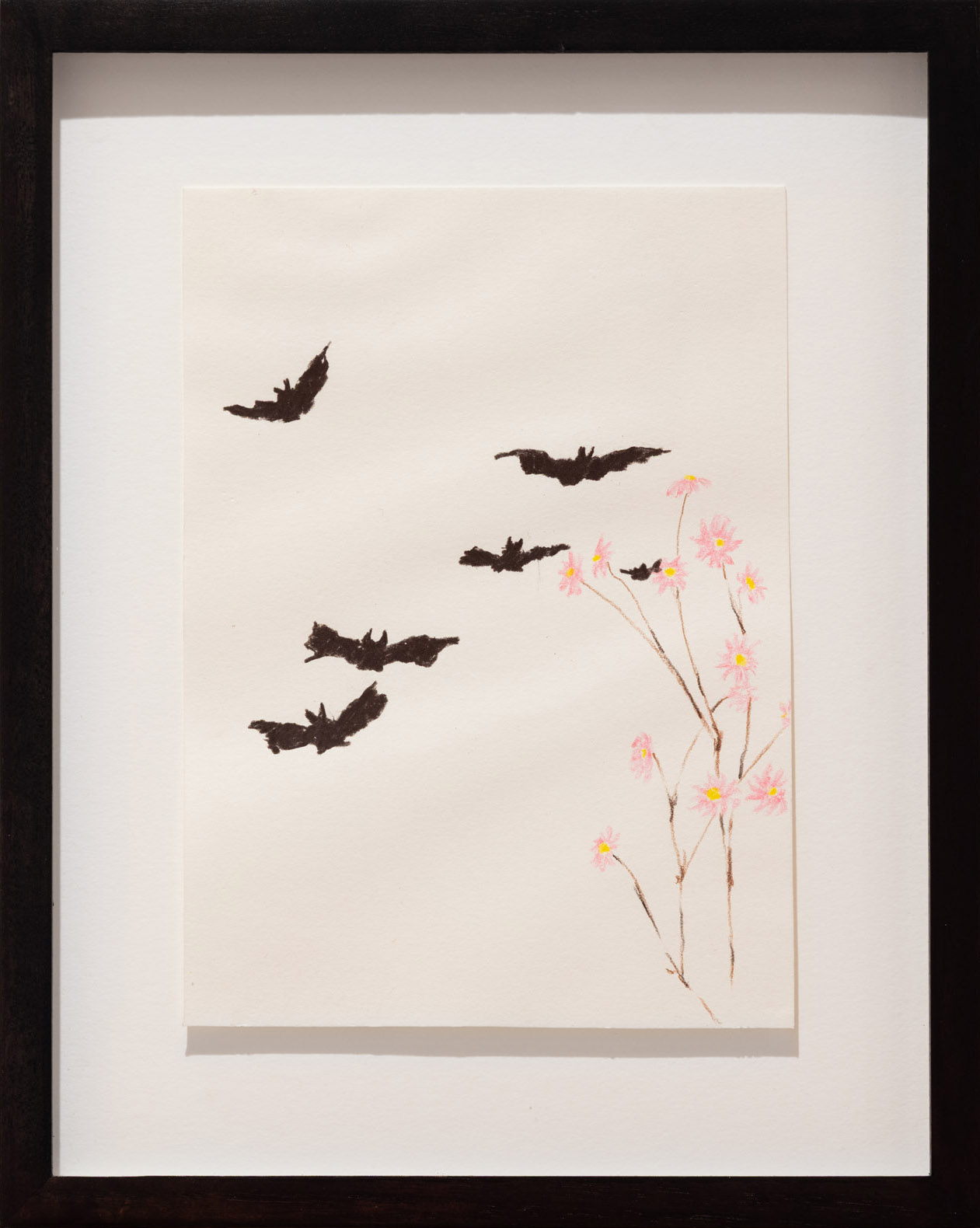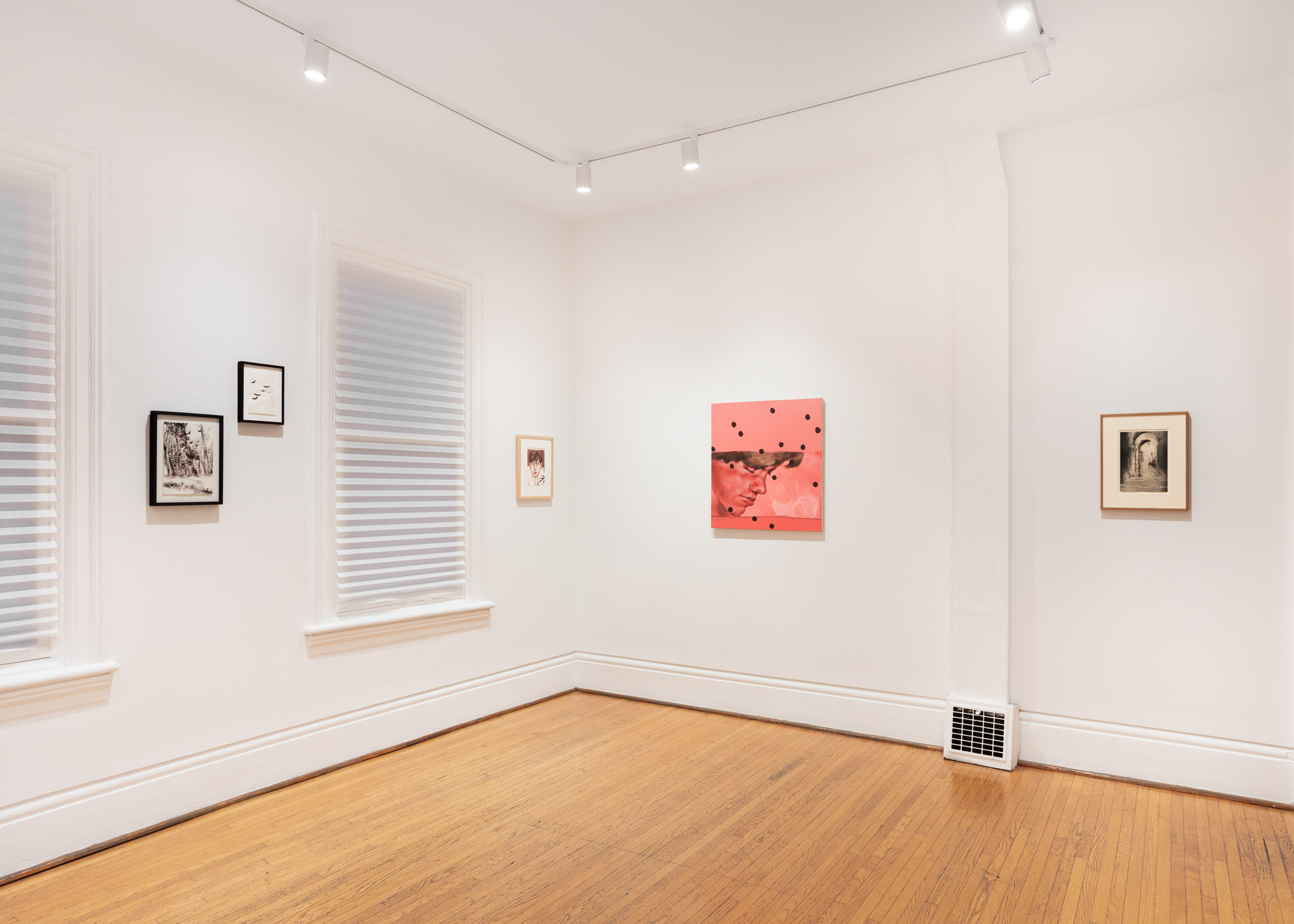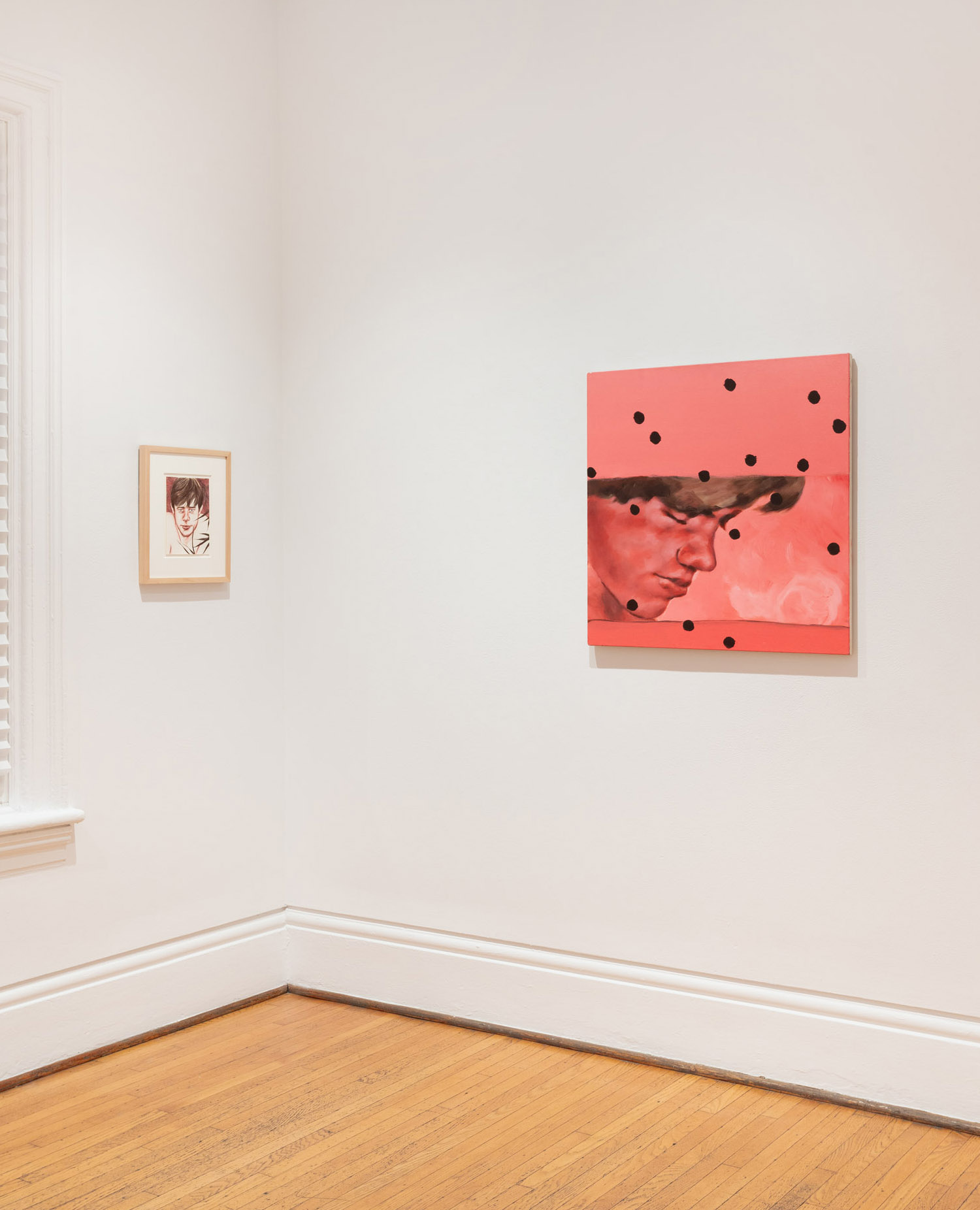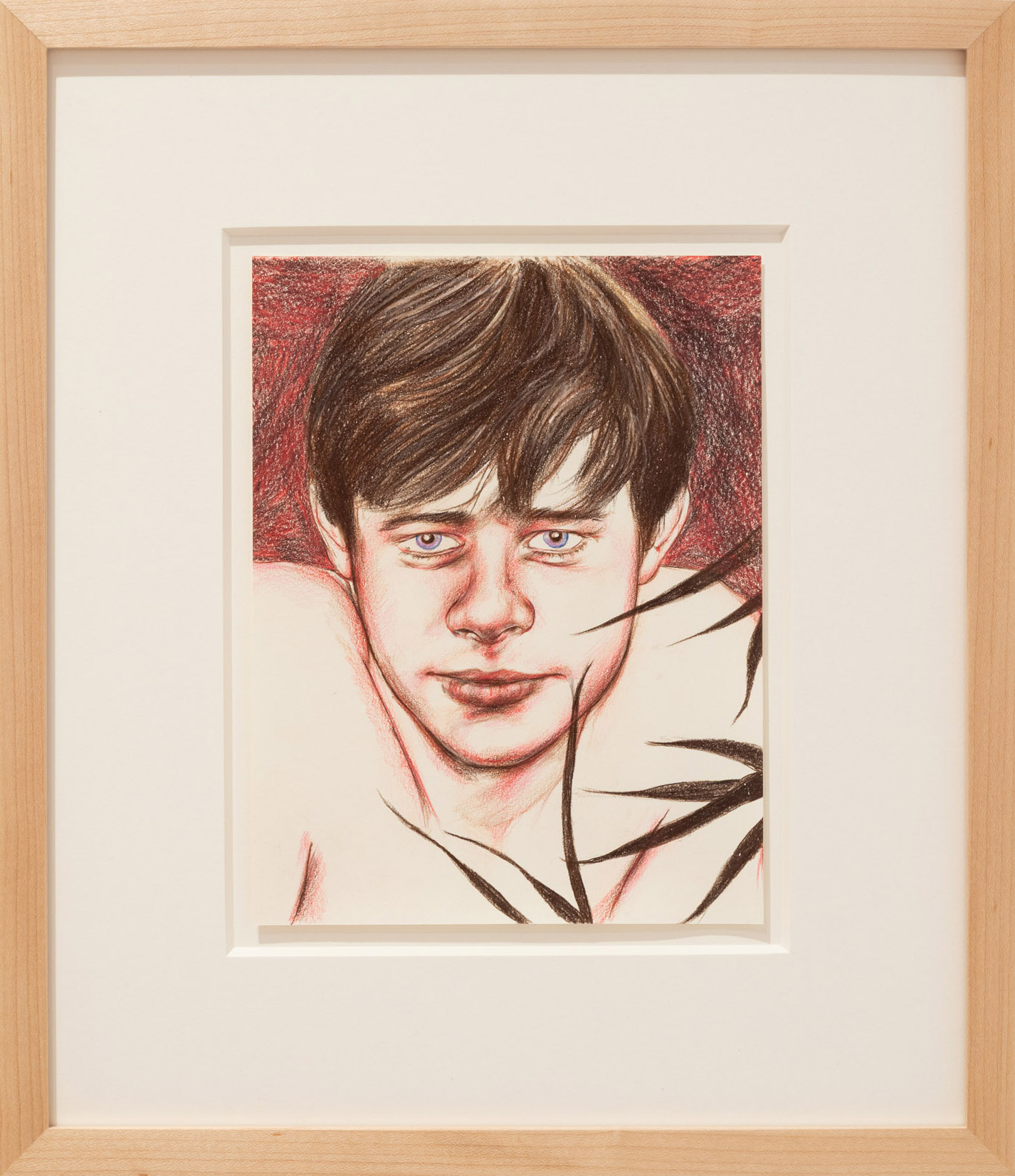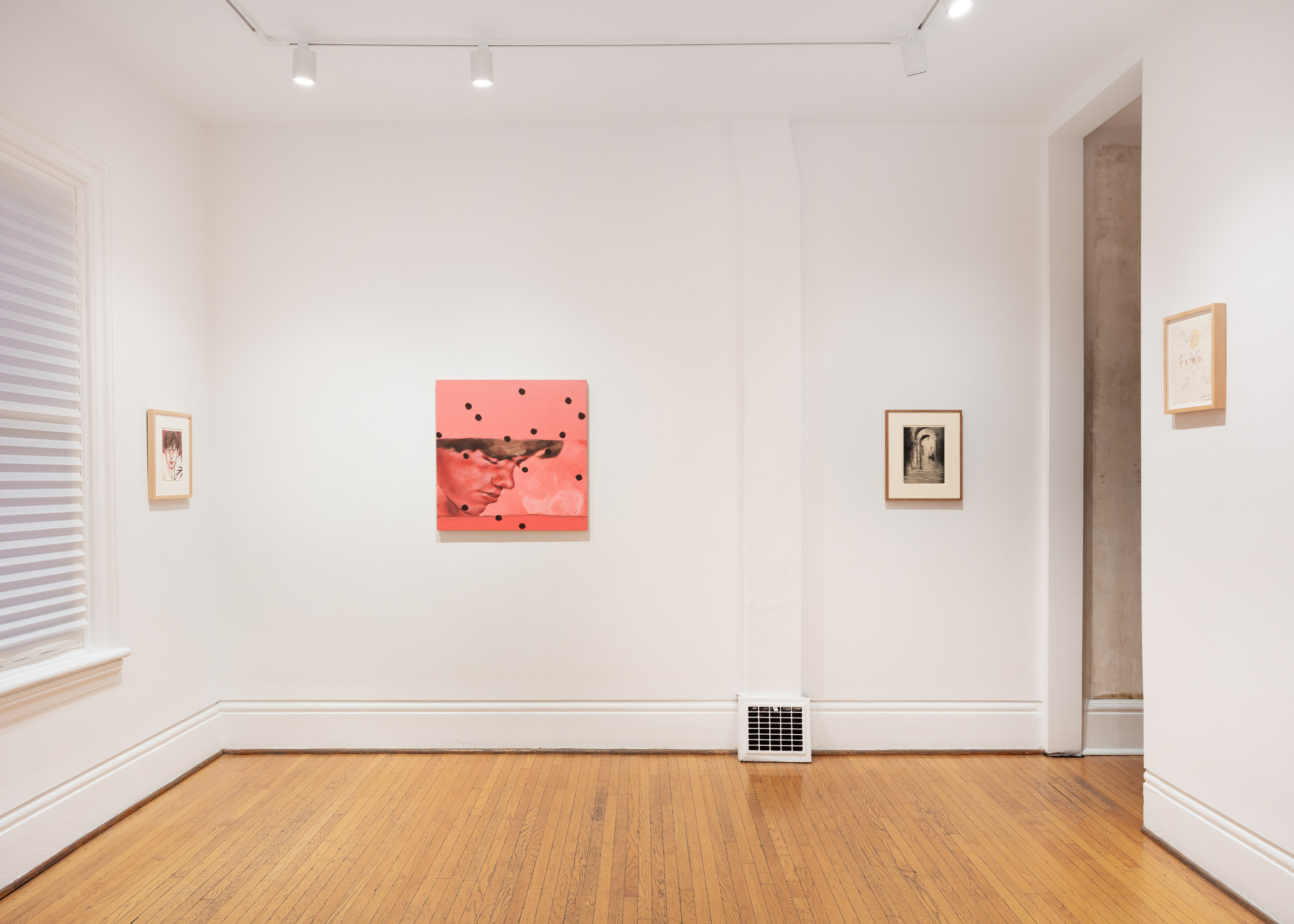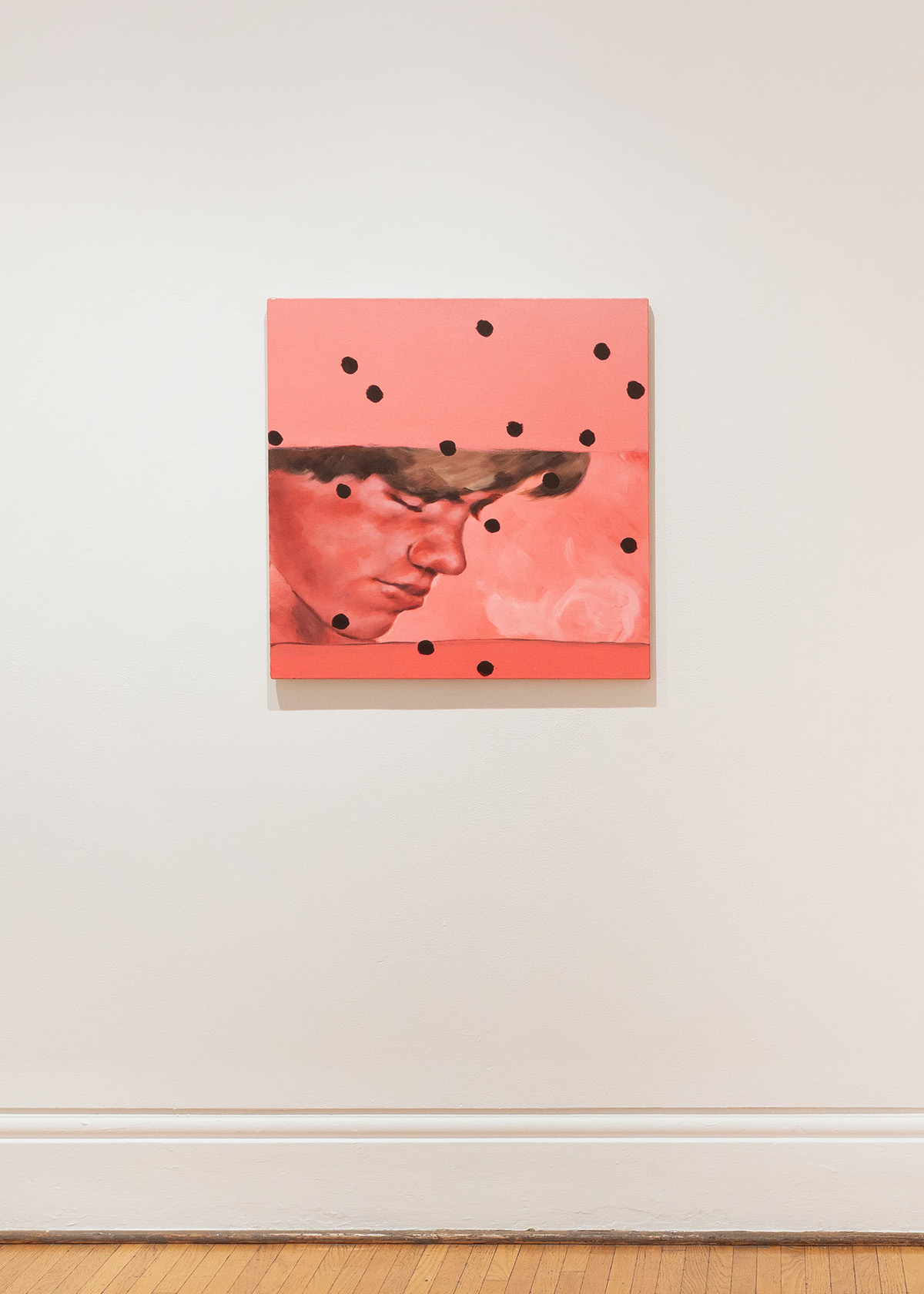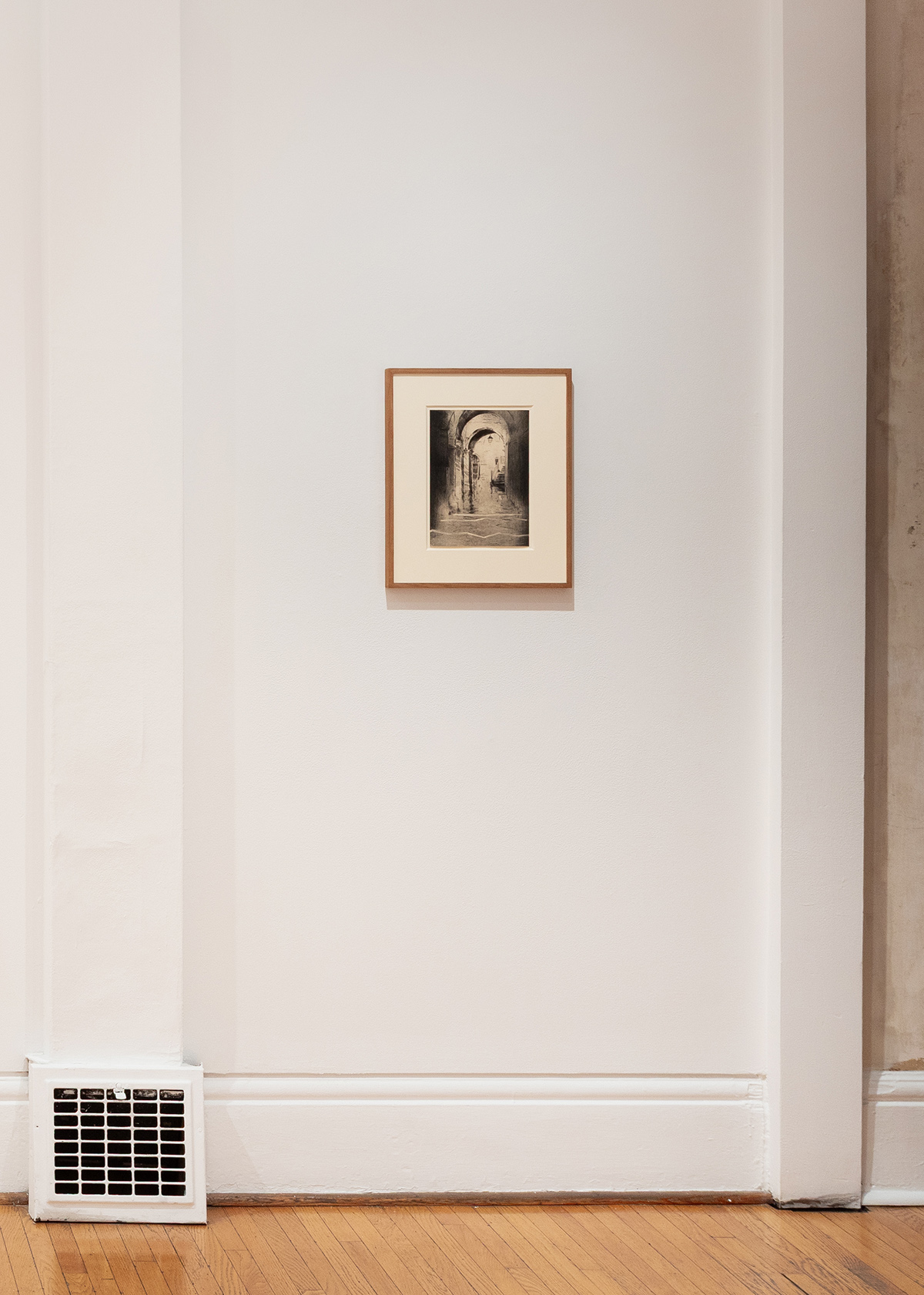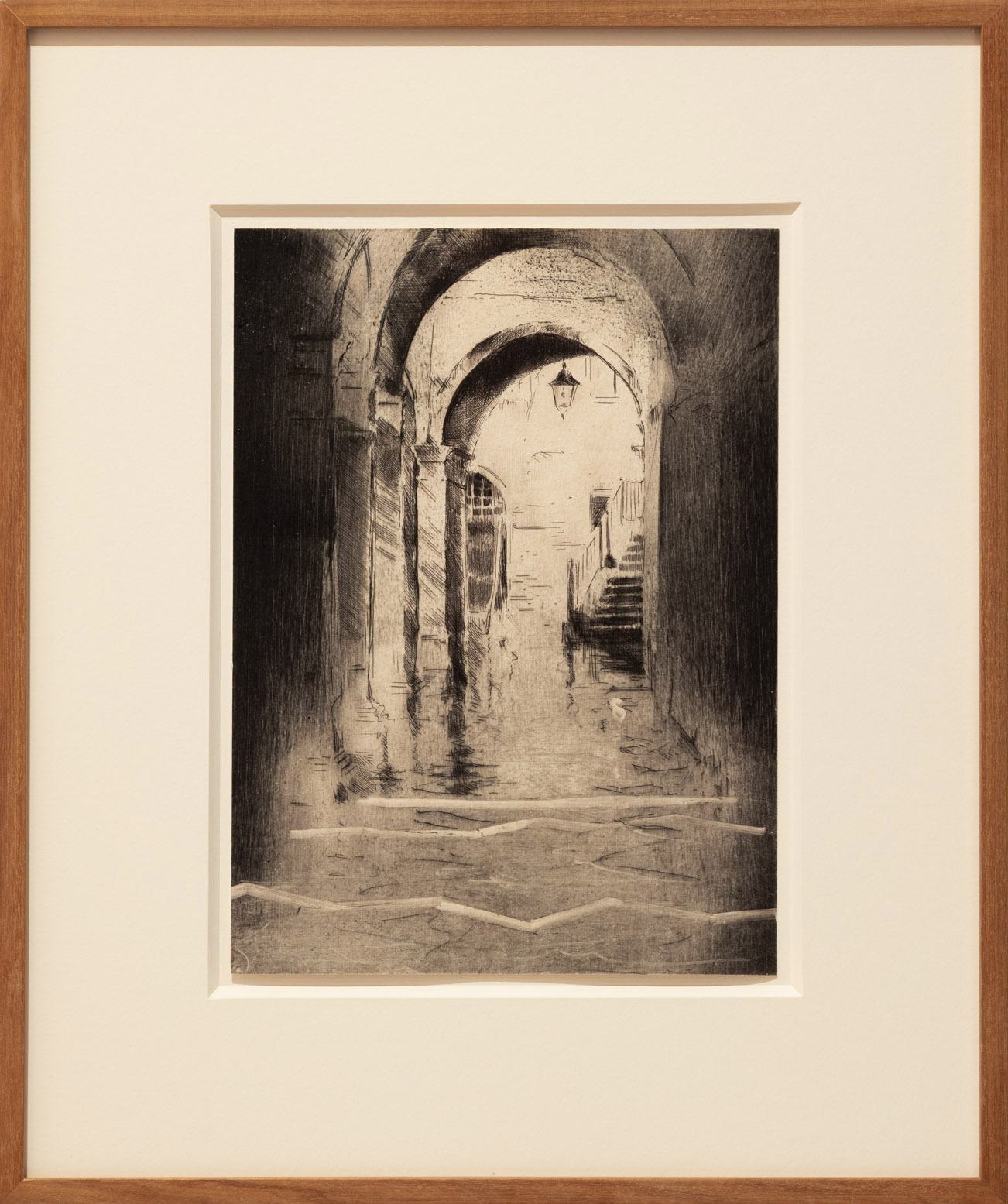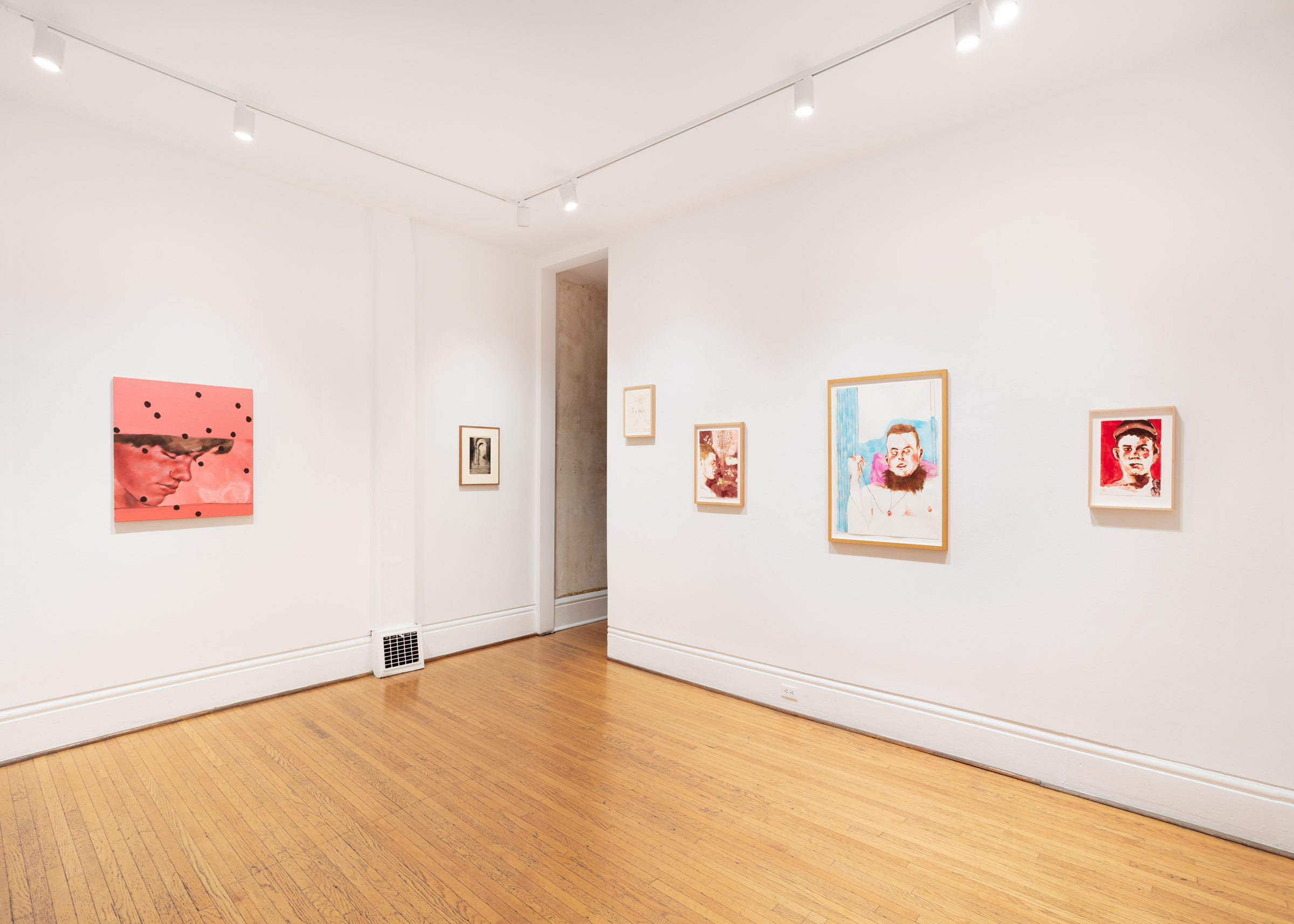Scattered Pictures
Paul P.
a collection-based exhibition
June 27 - August 16, 2025
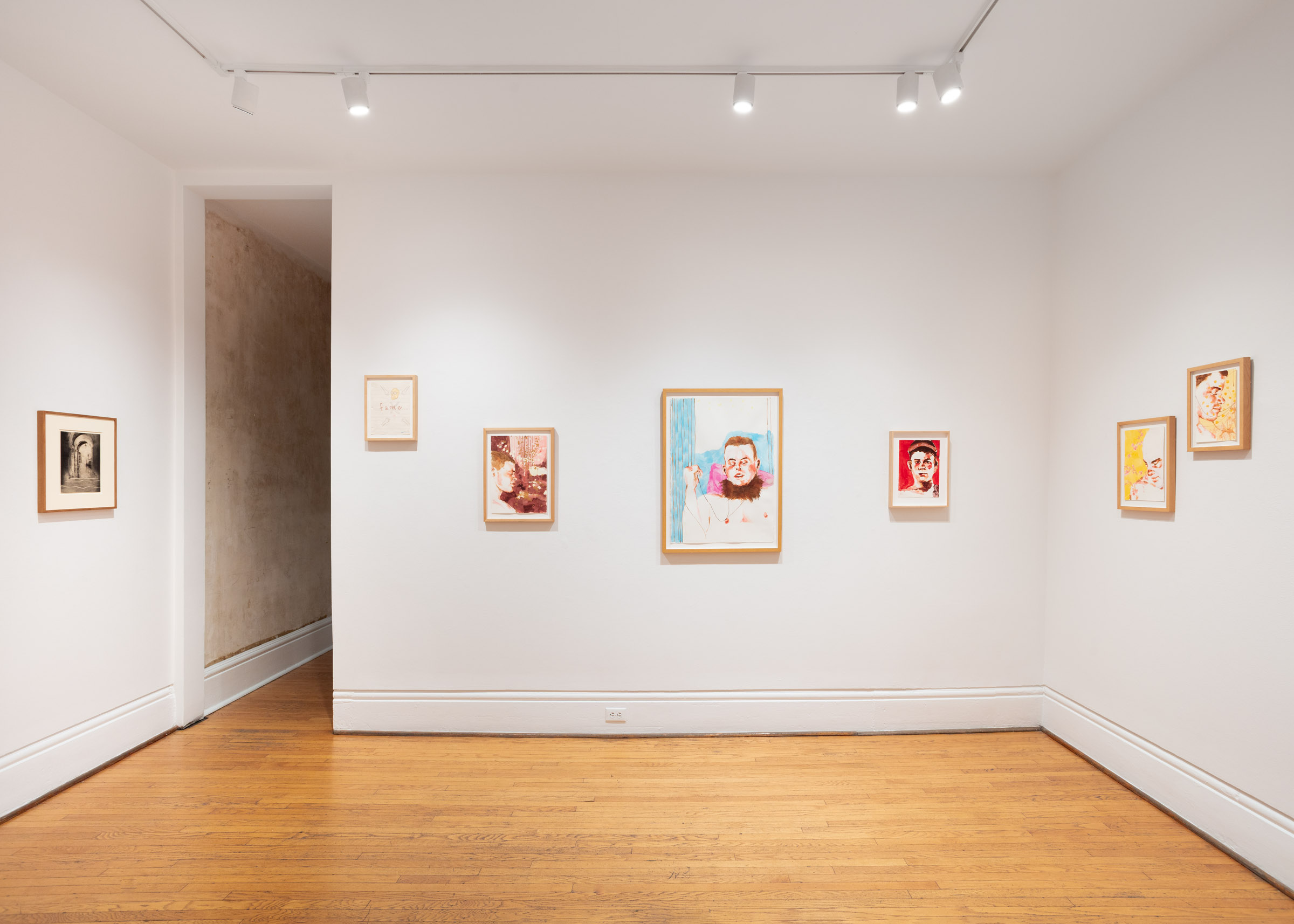
Paul Petro Contemporary Art is pleased to present our Pride programming, with Stephen Andrews Saints and Sinners, comprised of works from The Apostles (1998), Francisco De la Barra Cuerpos y Espejos / Bodies and Mirrors, with new ink washes, and Paul P. Scattered Pictures, a collection-based exhibition of mostly early work.
Paul P. is a Toronto-based artist who graduated with a B.F.A. from York University in 2000. He was introduced to PPCA by one of his professors, Nell Tenhaaf, an artist at the gallery, and a connection was forged. Paul P. was also a co-founder of Toronto's West Wing Art Space (2000-2001) where he and colleagues made and exhibited work, programmed exhibitions with friends and staged happenings which included an early performance by The Hidden Cameras. Several early works in Scattered Pictures were acquired at West Wing.
Paul P.'s first of three solo exhibitions at PPCA was Paintings and Watercolours (July 2001) and was paired with Stephen Andrews More Work From Album (1995), in our previous location at 265A Queen St West. During this period Paul was also a studio assistant with Stephen Andrews, leading up to an exhibition of a new body of Andrews's paintings, CMYK (a small part of something larger), which premiered at the opening of PPCA's new location at 980 Queen St West in November 2001.
The second solo exhibition, new paintings and works on paper (April-May 2002) occupied the first floor the gallery, with an installation by Nell Tenhaaf, dDNA (d is for dancing), occupying the second floor space. The group exhibition Legion, paired with Matthias Herrmann's Hotel2001, occupied the summer programming period (July 2002) and included work by Stephen Andrews, Robert Flack, John McLachlin, Paul P., and Ho Tam, with a commissioned supporting text by Andrew Harwood. Watercolours and a painting from these exhibitions are also featured in Scattered Pictures as well as a drawing from the third solo exhibition, Pencil Crayon Drawings (October 2002), accompanying text below, which took place in the second floor space and was paired once again with Stephen Andrews and the exhibition Team.
In our current programming, forms of portraiture and photographic source materials run through the exhibitions. Francisco De la Barra's new abstracted images are based on the artist's photographs of models and friends. Stephen Andrews' works are based on physique magazine images from the fifties and sixties and Paul P.'s images derive from porn magazines and other ephemera from the seventies and eighties, often sourced from Toronto's gay and lesbian archive and, in both he and Stephen's cases, before the eventual AIDS epidemic took over and a relative age of innocence was left behind. Much like with the digital divide that marked the birth of the internet, these exhibitions span the divide caused by the AIDS crisis and finds a haunting echo in the title of Paul P.'s exhibition, Scattered Pictures. It is taken from the soundtrack The Way We Were, sung by Barbara Streisand in the movie, but shifts the centre of gravity in the lyrics into this queer history, while acknowledging the materials of execution, the source materials for works in the exhibition, compositional choices and the role of memory bound up in this legacy, for both the artists and viewers.
Memories
Light the corners of my mind
Misty water-colored memories
Of the way we were
Scattered pictures
Of the smiles we left behind
Smiles we gave to one another
For the way we were
(lyrics by Alan and Marilyn Bergman, 1973)
"Examining these images in retrospect they become imbued with gravity. These faces are chosen for their ability to communicate, within their expressions and physiognomies, ideas of boyishness, lust, fascination and compulsion. From smiley and buoyant to brooding and melancholic to startled and confused, their countenances illustrate a rich spectrum of emotions present during male adolescence, especially when burgeoning masculinity is confronted with the often self-shattering presence of homosexuality. The figures are pictured from the shoulders up and alone, confusing their pornographic origins and dignifying them with the historical conventions of portraiture, and creating an allegiance with one another from picture to picture because of the similar implications which bring them together. Their combined effect resonates with a consideration of the more delicate and volatile potentials of young men in general." -- Paul P., September 2002
